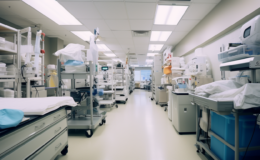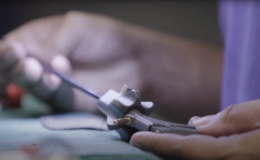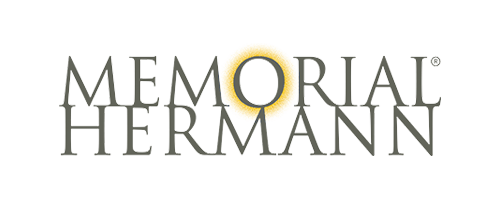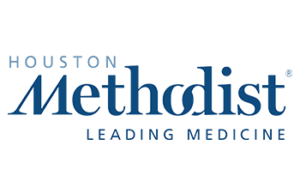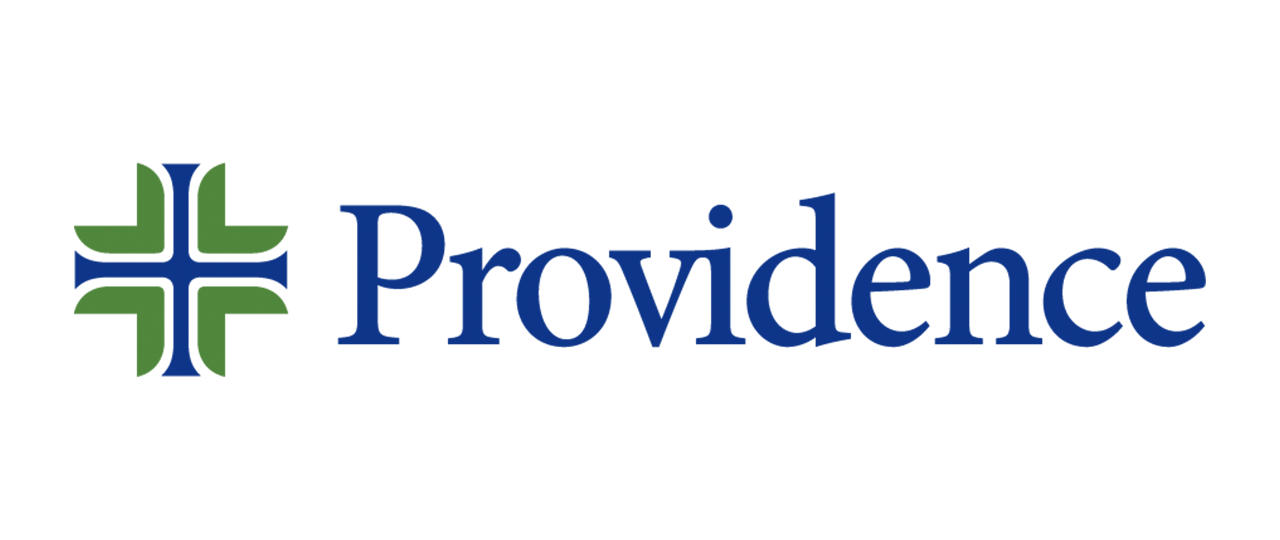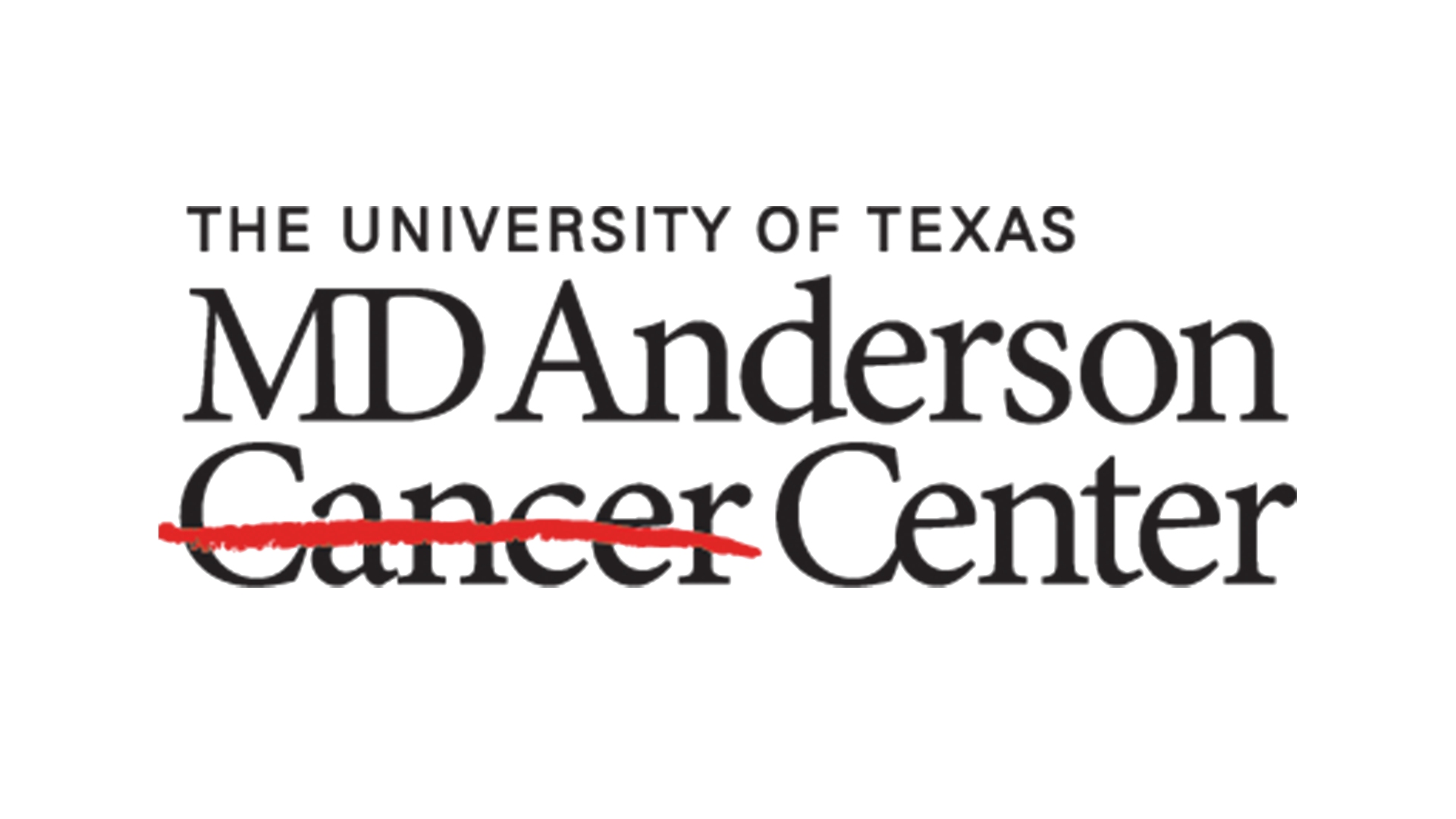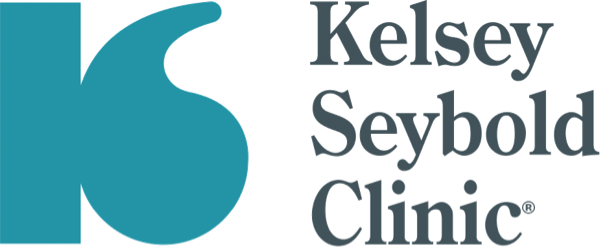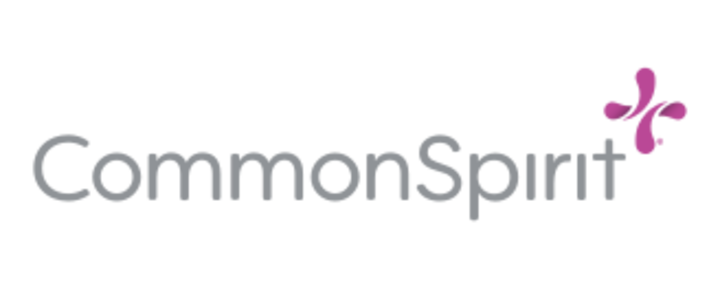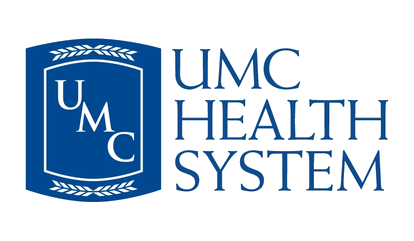What happens in the OR shouldn’t stay in the OR.
Ternio Newsroom Staff | April 20, 2022
There is a famous quote that is most often attributed to author and management theory scholar Peter Drucker: “You can’t improve what you don’t measure.” To which we might add the following corollary: “You can’t measure what you don’t document”.
While tracking and monitoring processes is not (and should never be) an end in itself, there’s plenty that goes undocumented (or under-documented) when it comes to surgical instrument and supply use in the OR. That poor or missing documentation is preventing many hospitals from identifying and capitalizing on huge improvement opportunities that can impact both patient care and the bottom line.
Could your facility benefit from improved preference card management processes? If so, what is the size and scope of that opportunity? To answer those questions, you’ll need to find the answers to these questions first…:
- How many times does a clinician have to leave the OR during a procedure to retrieve supplies or instruments that are missing?
- How are missing supplies impacting historical case duration and OR scheduling?
- How much time are clinicians devoting to returning unused items?
Can’t find the answers to these questions? Maybe it’s time to take a deeper look at why the information you need is not being reliably recorded and readily available.
Over-tasked?
The admin burden on clinical staff has been well acknowledged and written about at length. It is a major contributor to clinician job satisfaction and turnover that has only become more pronounced during the COVID pandemic era. Devoting more time to the proper documentation of surgical supply use in the OR would only seem to add to the administrative burden.
Ironically, it is this very documentation that can ultimately lead to relieving the administrative burden by revealing and quantifying opportunities to improve instrument management practices. For example, we recently learned of a hospital whose clinical staff spends approximately 32 hours per day on returning unused surgical supplies to inventory. Better documentation practices would have likely identified this data point sooner and provided the incentive to implement new technologies to improve the management of these resources. Other benefits of improved documentation include:
- Quantify and reduce the number of times that a clinician needs to leave the OR for missing supplies.
- Shift unnecessary supply activity from clinical labor to non-clinical labor managing case pick and preparation.
- Determine the impact of missing supply retrieval on procedure duration, patient infection rates, and scheduling.
- Identify and minimize the inclusion of seldom used or unused instruments which must be returned and keep allocated but unused inventory available for other procedures.
Solutions
A patient-centric approach is every medical facility’s goal. Innovative, data-driven solutions for surgical supply management can play a huge role in improving and simplifying workflow, providing a more data-driven and connected experience for clinicians and patients alike. Clinician documentation of supplies and instruments used in the OR plays a vital role in establishing benchmarks for current management practices. It underpins the ability to identify key performance indicators and to project and quantify improvement opportunities. Colloquially put, to get where you need to go you must first know where you are. So how to “close the data gap”?
Here is our recommendation: Change the culture. Surgical supply and instrument documentation shouldn’t be about compliance, but about improvement. All clinical team members understand that positive outcomes derive from accurate diagnoses. Help them own the process. Documentation is a vital first step towards implementing operational improvements that can lead to lower risk, less time spent on non-patient-related administrative tasks, more patients served, and a better patient experience.



